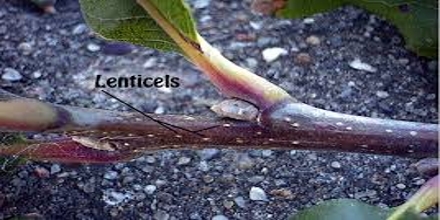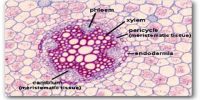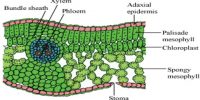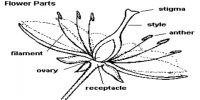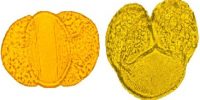Lenticels: The lens-shaped pores which are found in the bark of woody plants are said to be lenticels. Lenticels are interruptions in the phellem through which gas exchange occurs. The phellogen beneath lenticels is more active in cell division. They are also a site where pathogens such as fungi, bacteria, and viruses can enter the plant.
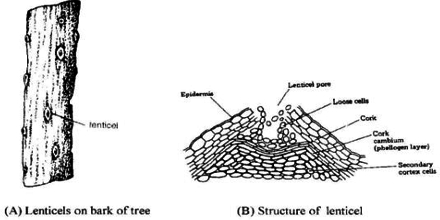
Formation of lenticels:
- Lenticels are found in the woody trunk or stem of plants
- Cork cambium in some places instead of producing phellem cells gives rise to thin-walled, loosely winged irregular shape parenchymatous cells with sufficient inter-cellular spaces.
- These parenchymatous cells exert pressure and as a result epidermis against it ruptures and forms lense-shaped pores
- The whole area thus formed is known as lenticels.
- Lenticels are often initiated at the sites of stomata.
- The thin-walled parenchymatous cells of lenticels are said to be complementary cells.
Functions:
- The lenticels help in allowing the oxygen into and carbon dioxide out.
- Gaseous exchange between air and internal tissues of a plant occur through lenticels.
- Often, transpiration in a small scale may take place through lenticels.
- They allow for the exchange of gases between the internal tissues and the atmosphere.
- The lenticels also help in transpiration called the lenticular transpiration.
